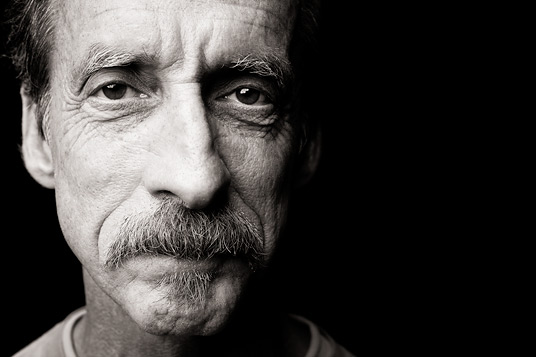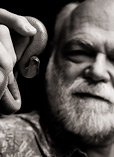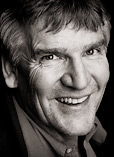
Tom Fleischner & Reed Noss
Natural history and conservation
THEMES: Definitions, Conservation | WORKSHOP: Synthesis
Biographies
Tom Fleischner
Tom has been on the faculty of the interdisciplinary Environmental Studies Program at Prescott College for 23 years, teaching natural history, conservation biology, and a variety of courses that link natural sciences with humanities and policy. Before that he co-founded the North Cascades Institute in Washington. Tom is the founding President of the Natural History Network and lives in the Ponderosa Pine-covered Central Highlands of Arizona, ranging from there to the Gulf of California, the Gulf of Alaska, and the Gulf of Maine, as well as the Pacific Northwest. He has written about the relationship of people and nature in a wide variety of journals and magazines, and in three books: Singing Stone: A Natural History of the Escalante Canyons; Desert Wetlands (a collaboration with photographer Lucian Niemeyer); and as editor of the new anthology, The Way of Natural History.Conversations:
Workshops:
Reed Noss
Reed Noss is a Professor of Biology at the University of Central Florida and President of the Florida Institute for Conservation Science. He has been a naturalist for all of his life and a conservationist since he experienced the woods and streams he played in as a kid being destroyed. He began his career in natural history interpretation and environmental education. Longing for more rigorous explanations for what he observed, and a clearer understanding of what he was trying to protect, he pursued graduate studies in ecology at the University of Tennessee and the University of Florida. He has served as Editor-in-Chief of Conservation Biology, President of the Society for Conservation Biology, and President of the North American Section of the Society. His research involves species-level and ecosystem-level conservation planning, restoration, and management. He is currently writing a book on southern grasslands and trying to figure out how to reduce the impacts of sea-level rise on nature in Florida.Conversations:
Workshops:
Transcript
Reed Noss: To me it's inconceivable that you could be a naturalist without being something of a conservationist, but on the other hand, the other way around is also true, the converse, because, if you're interested in conserving things, you should be interested in the lives of those things, the places where they live, the histories of those places and of the species themselves.
To me they're so intricately intertwined that it surprises me when I meet people who are say, environmentalists and don't know a thing about nature, or on the other hand, naturalists who have never engaged in any conservation work and don't ever intend to. I think there's a certain obligation. If nature brings us joy and it's something that fascinates and interests us, we have something of an obligation to make sure it's still around to fascinate another generation.
Tom Fleischner: You know, what you're saying about sharing joy made me think about something. I think that one of the interesting things to me about the relationship between natural history and conservation, is natural history facilitates people falling in love with the world, and I think conservation, people are motivated to try to solve problems or deal in conservation, some people by love and some people by fear.
In my mind, natural history guided by love is much more effective than conservation guided by fear. And so, as you have written about, conservation biologists being naturalists and knowing the natural history is really important because of the information that they need, but I think it's also really important because of the emotional relationship it gives them with what they're trying to conserve.


